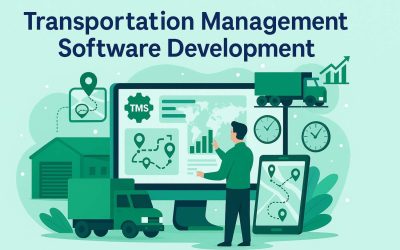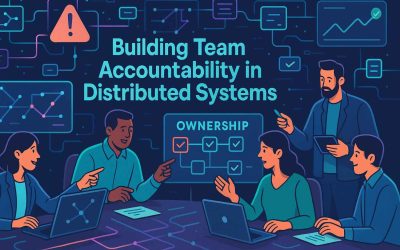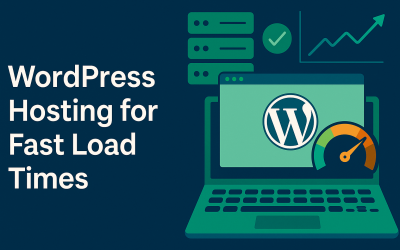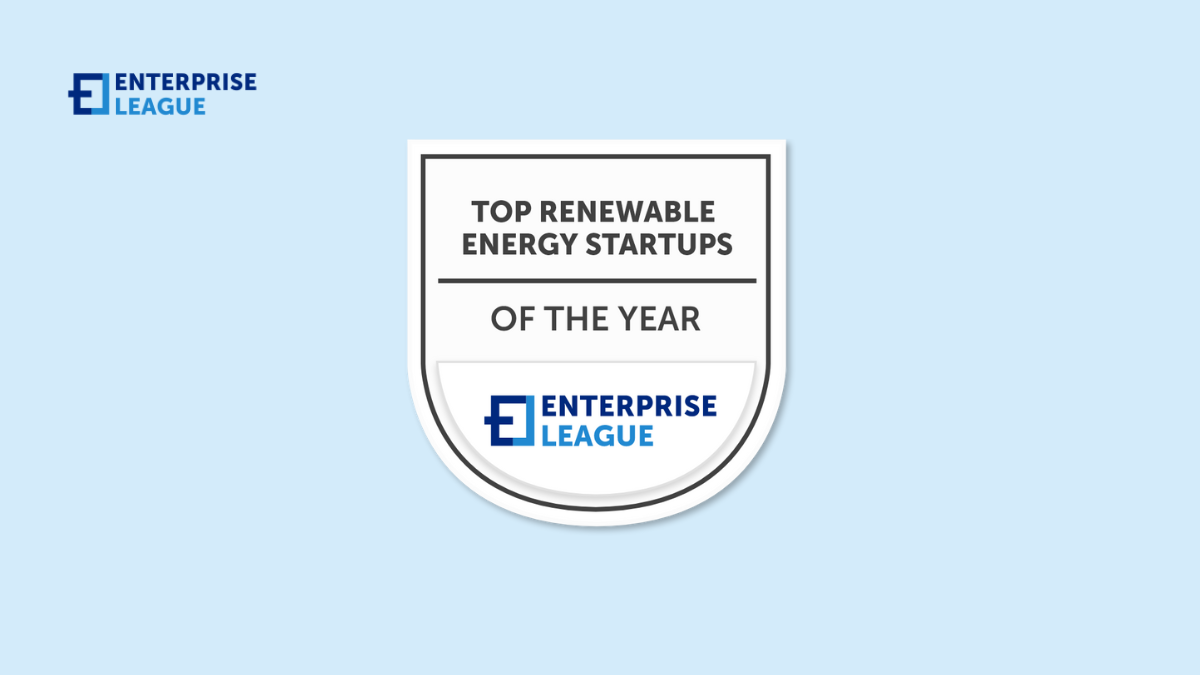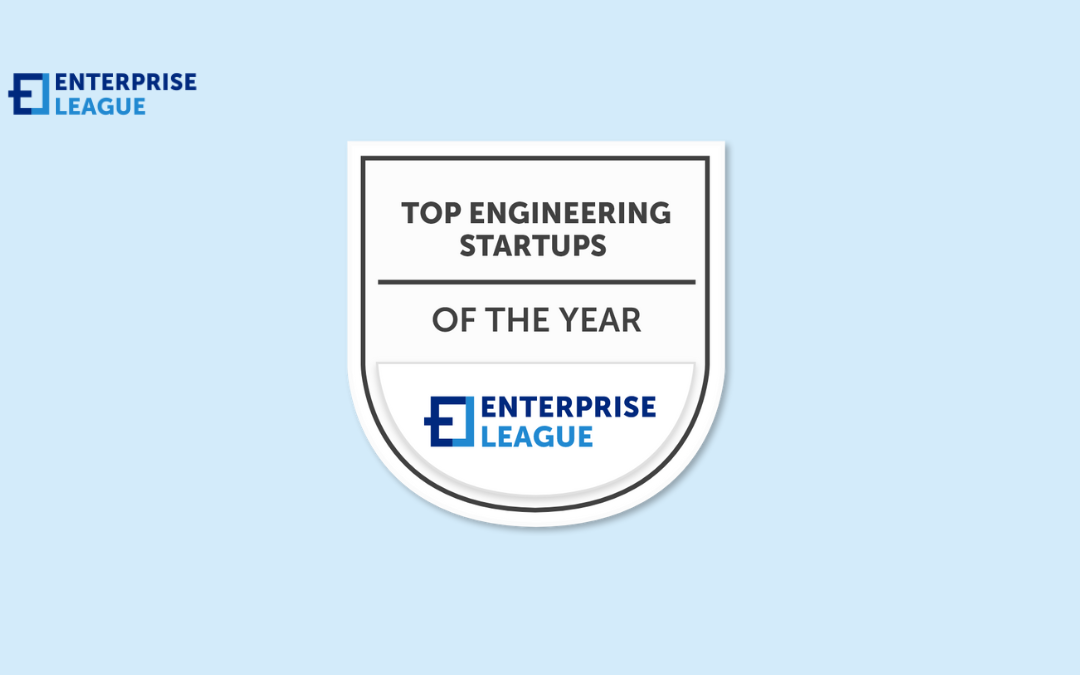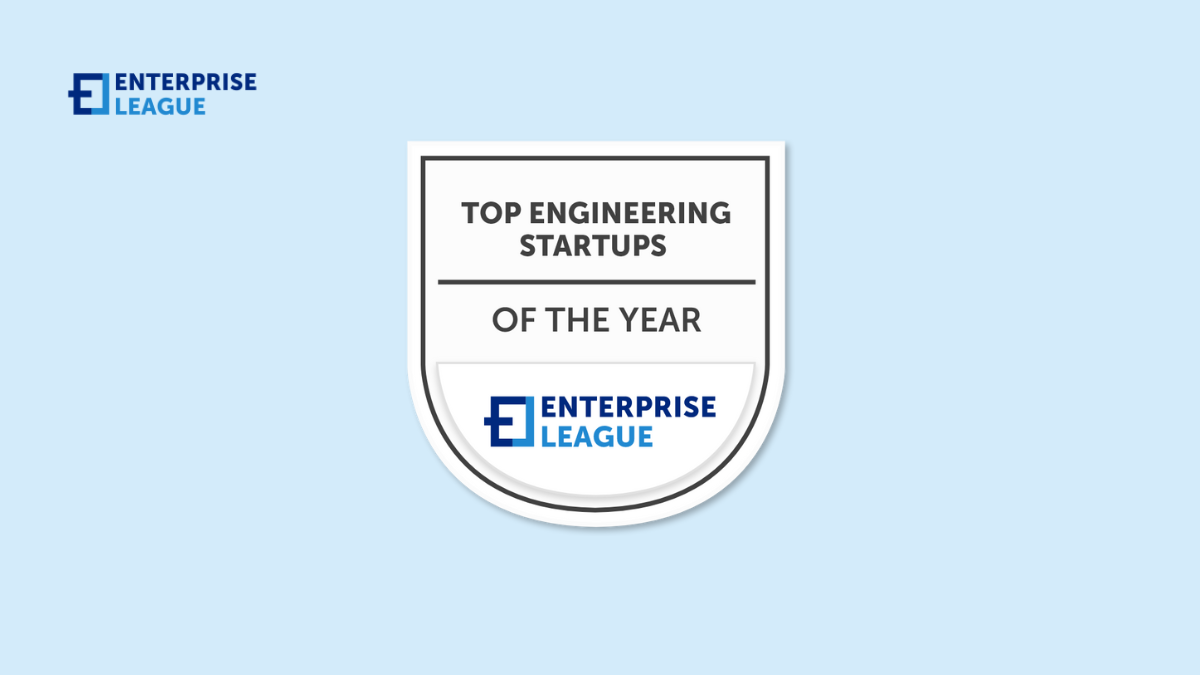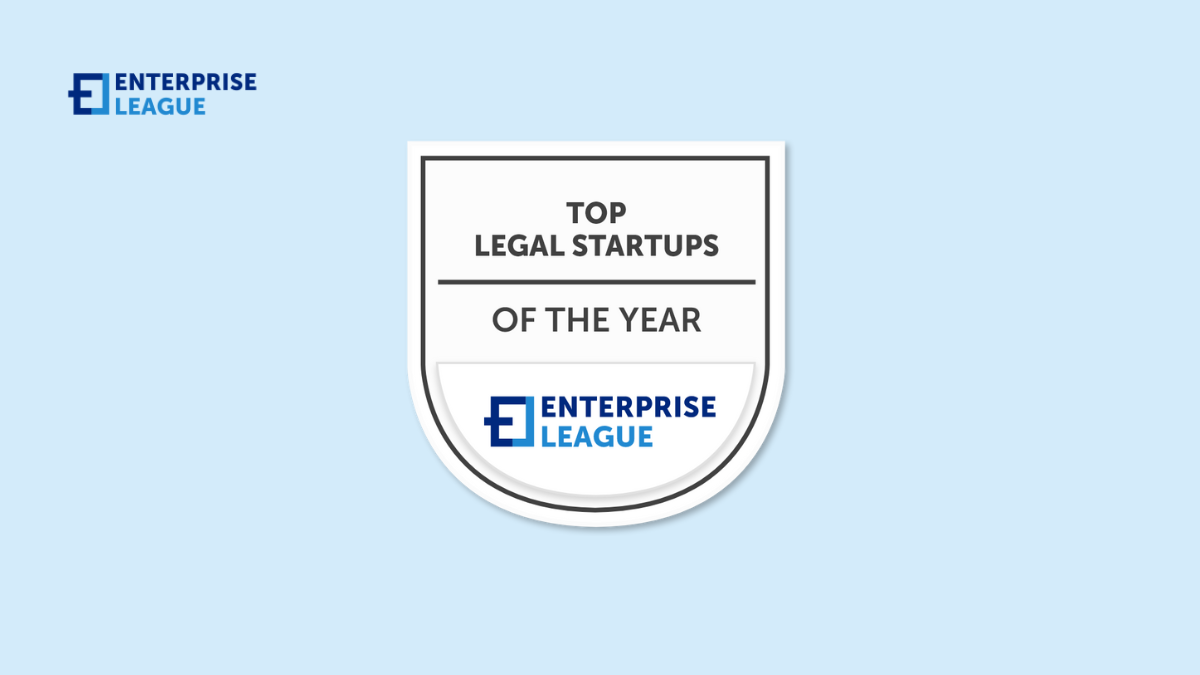The United States has long been a magnet for real estate investors seeking stable returns and prestige. Among its many luxury markets, one name consistently stands out: Beverly Hills. Known worldwide for its glamour and exclusivity, it represents more than just a...

36 fashion startups that are dominating the industry in 2025
Fashion startups are changing the way we shop. From fashion consumers becoming more tech-savvy to technology breaking down barriers in the industry, there’s a lot happening in fashion these days.
Fashion startups are now going beyond eCommerce,raising more money and adopting technology earlier than ever. In fact, the industry is starting to heat up. So what’s the future of fashion startups? How do they impact the fashion industry?
The fashion industry is moving toward modernization and more and more startups appear, hence experts are predicting that the fashion industry will continue to grow and fashion startups will play important roles in this modernization process.
Fashion startups are changing the strategy for fashion commerce. Previously these kinds of companies were limited by the high risks involved, but with the improvements in technology and more accessible funding, there is a growing number of fashion startups, helping to change the industry.
What are fashion startups?
Fashion startups are the new companies that sell apparel and accessories, beauty products, and any other kind of product that can be sold to make you look good or trendy. These startups are trying to become a hub of the latest and greatest fashion and are constantly bringing changes that are disrupting the existing way of doing business in fashion.
Most innovative fashion startups nowadays have evolved from being an exclusive privilege of the high-class society and have grown into a way to express personal style for people from diverse backgrounds.
Therefore, now fashion startups are about creating products that are unique to each customer, and here the technology solves the problem of finding clothes that suit one’s body shape, skin tone, and personal taste.
World’s 36 most promising fashion startups you must know
Fashion startups are set to dominate the world in 2025, with new technologies making it easier for everyone to get what they want at a price they can afford. Thus, let’s dive into the latest innovations and the companies that are shaping the future of the fashion industry.
Allbirds
Founded in 2016, Allbirds set out to prove that comfort, good design, and sustainability could go hand in hand. The company started with a single shoe made from New Zealand merino wool, which quickly gained popularity for its comfort and minimalist style.
The brand’s shoes are known for their simple, logo-free design and focus on comfort. Allbirds offers a range of styles, from casual sneakers to running shoes, all maintaining the company’s eco-friendly ethos. Their socks and other accessories follow the same principles of sustainability and simplicity.
Dopple
Dopple is an online marketplace that sells children’s clothing and accessories. Dopple aims to help parents find the perfect outfits for their kids. When signing up, parents take a personalized quiz that asks for information about their child’s size, style preferences, etc. Dopple then uses machine learning algorithms to analyze this data and select clothing items that fit the child’s unique needs and tastes.
Every three months, Dopple sends a customized package of clothing to the parents’ door. This box contains outfits curated specifically for their child based on the quiz responses and machine learning recommendations. The goal is to take the guesswork out of shopping for kids’ clothes by delivering stylish, tailored selections right to the parents.
INTELISTYLE
INTELISTYLE is a fashion AI platform that helps fashion retailers differentiate by creating digital discovery experiences that increase conversion, basket size, and repeat purchase rate. To help customers find the right clothes regardless of their body type, style, or occasion, they’ve developed features such as visual search, shop the look, and personalization and attribute tagging.
This is one of the most promising fashion startups because they’ve found a solution to develop fashion-specific personalization that understands customer’s styles so well, that it outperformed human stylists. This resulted in a 10% revenue uplift and a 130% increased revenue.
GENOSTYLE
GENOSTYLE is developing fashion AI and data analytics solutions in order to measure style, diagnose performance, and drive results. This fashion startup uses a smart algorithm to give mathematical precision to identify which ‘style’ or styles characterize each customer’s buying behavior.
Furthermore, they measure the style of your current and potential customers, and that way they enable retailers to understand shoppers’ style behavior and deliver the right product at the right time to the right audience. Using this solution you can make profitable sales by optimizing style decisions in areas of merchandising, pricing and marketing.
Beardoholic
Beardoholic is a premium brand focused on helping men grow beards and hairstyles of their dreams, while caring for them the best possible way, using only the finest and safest products. As a prime resource of quality products and information about beard and haircuts, their mission is to provide men with the most detailed, latest and data-driven tips.
The team consists of top-notch barbers, hairdressers and experts in the field of beard and hair care and styling. To help their customers and readers achieve the desired look, they continue to learn about beards and the most popular men’s hairstyles each day so they can offer only the best advice, tips and products in the industry.
THE FABRICANT
THE FABRICANT is designing their own highly crafted digital clothing, and they are working together with fashion brands to define the future of fashion. They waste nothing but data, therefore they are operating at the intersection of fashion and technology fabricating digital couture and fashion experiences.
As a fashion startup of creative technologists, they envision a future where fashion transcends the physical body, and their digital identities permeate daily life to become the new reality. That being said, we believe that this fashion house is leading the fashion industry towards a new digital-only clothing sector.
Recovo
Founded in 2020, Recovo provides a circular economy solution for the fashion industry. Their online marketplace connects companies with leftover textiles to recycling partners. Sellers earn back margin while diverting waste.
Recovo manages logistics and payments between parties. Their tools provide insights on waste generation. The platform also suggests sustainability initiatives to improve resource use.
FOR DAYS
For Days has a mission to end fashion waste and create industry change and to achieve that they make non-toxic, organic, and 100% recyclable basics. Through their take-back program, they collect used items from any brand and keep them out of landfills.
They’ve built a community so they can together eliminate clothing waste in order to benefit people and the planet. According to the team behind this fashion startup, fashion should be fun and expressive, but also guilt-free and waste-free.
LYLIE’S
LYLIE’S is another one of the most innovative fashion startups that are the future of the fashion industry. This London-based sustainable jewelry brand aims to create beautiful jewelry that is made with respect for the planet and the people who populate it.
Their Salvaged Gold is recycled from e-waste and their gold exchange and in 2018 was acknowledged and awarded as an industry-first hallmark. Their jewelry is handmade by some exceptional craftspeople, using lab-grown or recycled-antique diamonds.
VIVIDYE
VIVIDYE is a fashion startup founded by two chemists that first came up with a concept that was meant to provide a solution to the color-related inefficiencies the textile industry faces when trying to reuse and recycle garments.
By now, they have developed a printing technology that can be used to apply all kinds of colors and designs to textiles. The best part is that, unlike other methods, VIVIDYE’s technology is designed to facilitate the removal of the applied color when it is no longer wanted without harming the material. Simply put, this fashion startup can make it possible to color, decolor and recolor textiles again and again.
TALA
TALA creates sustainable activewear and athleisure styles at competitive prices without the need to compromise on high-performance designs and flattering fits. They are aiming to disrupt the fashion industry and demand change with wardrobe staples and on-trend pieces. That way they can make conscious shopping choices easier for everyone.
They are using sustainable and durable fabrics that move when you move, feel comfy when you’re relaxing, and fit seamlessly into your everyday life. Their goal is to make long-lasting clothes so we all together can reduce clothing waste.
DYECOO
DYECOO is a leader in water-free and chemical-free textile dyeing. This aspiring fashion startup uses carbon dioxide instead of water in the dyeing process, effectively freeing textile dyeing companies from reliance on water resources that might be limited and environmentally sensitive.
Their innovative technology uses reclaimed CO2 as the dyeing medium in a closed-loop process. CO2 when heated and pressurized becomes supercritical, a phase between a liquid and a gas. In this state the dye can dissolve easily and deeply into fibers, creating a vibrant color. The advantages and impacts are zero water use in dyeing and therefore zero wastewater, less energy, less dyestuff, zero processing chemicals, a high level of color consistency across batches of textiles, and reuse of 95% of the CO2 within the process.
Mejuri
Mejuri is a D2C fine jewelry brand that introduces handcrafted, everyday jewelry without the traditional retail markups. This fashion startup is powered by a fast supply chain that allows it to introduce new editions on a weekly basis.
Moreover, Mejuri works directly with expert manufacturers and sells directly to consumers cutting out middlemen costs and passing on the savings to the customers. They believe in jewelry as an expression of self, hence, by committing to sustainability, community, and quality, they are creating jewelry that will embrace your style.
Algaeing
Algaeing is another promising fashion startup that stands out from the crowd by formulating eco-positive, scalable solutions for manufacturing fibers and dyeing fabrics. Their patented algae-powered technology is a triple good solution with a real, planet-positive impact.
To be more specific, Algaeing’s solution prevents global water pollution, is carbon negative, 100% zero waste, and is free of harmful chemicals and fertilizers. Furthermore, it’s ready to use with all factory systems, creates a work environment free of hazardous toxins, it’s free of allergens and pesticides, and more.
Oceans Apart
Oceans Apart is a fashion startup that stands for modern, fashionable activewear of the highest quality. They believe in inner beauty, and that exercise is essential to happiness for all of us, thus they created high-quality active lifestyle wear to support you in bringing out the best and most beautiful in yourself.
Founded in Berlin and with many stores across Europe, they reach several million consumers every month via social media and sell their products through their e-commerce store. They are aiming to continue to expand and make a lasting positive impact on the lives of countless people.
Italist
Italist is the leading platform to discover over 1,500 of the world’s best luxury brands at the best price in the market. Amazed by Italy’s amazing luxury shopping and thought, the team behind this fashion startup found a solution to make that accessible to the world?
Through their innovative site, customers can purchase brand-new, in-season, completely authentic items at the Italian retail price, which is typically lower than retail prices around the world. This startup’s vision is to combine cutting-edge technology, efficient logistics, and the best luxury brands in the world to offer Italian retail prices to global shoppers.
The Vienna Textile Lab
The Vienna Textile Lab fabricates organic colors made from naturally occurring bacteria and provides the most sustainable, wholesome, and environmentally friendly alternative to conventional synthetic colors.
Using Vienna Textile Lab colors to dye your textiles means acting thoughtful and responsible.
Their team help designers use new type of materials, concepts, and methods in the textile business by making dyeing going easy on human and ecological resources.
SPOKE
SPOKE is a vertically integrated online menswear brand. This fashion startup uses an e-commerce model to give men properly made clothes that really fit, without the luxury markup. Their clothes are cut in more sizes, from the very best fabric and trim, and then sold directly to the consumer, at a sane price.
Men now can find their perfect feet in 60 seconds because SPOKE cuts trousers in more sizes and custom finishes them for a flawless fit. Their products are real craft and they focus obsessively on just a handful of products, so they can optimize every detail of material and construction.
DAI
DAI innovates apparel at the intersection of technical, eco-friendly fabrics, elegant tailoring, and, functional, versatile design for the modern professional woman. This fashion startup is a digitally native, direct-to-consumer e-commerce brand that brings premium European craftsmanship to the global contemporary womenswear market.
Besides high-quality products, the team of DAI is committed to doing better for the environment as well, therefore, has been recognized with numerous awards for its pioneering work in sustainability and social impact.
Flatheads
The people behind Flatheads are an enthusiastic team of young professionals building a retail brand in the casual footwear space. They believe that what’s on your feet is a reflection of who you are and what you believe in. That’s why each Flatheads shoe is designed keeping in mind your every day.
This promising fashion startup makes everyday casual footwear and backs every piece of footwear with research that points to the most innovative, efficient, and useful materials that go into your shoes.
Trove
Founded in 2019, Trove partners with high-end fashion brands to power resale stores on their websites. Trove’s software and services enable brands to launch online resale channels under their own branding.
The white-label model provides a turnkey solution handling inventory sourcing, fulfillment, and customer service. Brands simply leverage Trove’s expertise and tech to tap into resale.
Wethenew
Launched in 2014, Wethenew operates an online platform for sneakerheads and streetwear enthusiasts to trade coveted kicks and apparel. Their authentication experts examine all items.
The marketplace provides access to rare grails and hyped releases while letting sellers refresh their rotation conveniently. Wethenew also opens physical retail spaces to connect communities.
Girlfriend Collective
Founded in 2016, Girlfriend Collective makes eco-friendly activewear from recycled materials like fishing nets and PET bottles. Their compressive leggings, tops, and bras come in inclusive sizing.
The brand struck a chord with their launch offer of free leggings to build community. Their subsequent minimal, bold designs quickly built a cult following focused on ethics and style.
Clove Shoes
Clove makes trendy yet walkable women’s flats and sneakers from eco-conscious materials. Their shoes are PETA-approved vegan and use low-impact textiles.
Clove pairs on-trend silhouettes with ethical sourcing and manufacturing. Their simple shopping experience and extended size range also appeal to conscious consumers.
While small, Clove represents the vanguard of startups designing for sustainability and comfort simultaneously. As demand grows for accountability alongside accessibility, expect similar disruptive brands to thrive.
The Black Tux
Founded in 2013, The Black Tux pioneered online tuxedo rentals for weddings and events. Their tailored suits and modern styles reimagined formalwear for the digital age.
The Black Tux offers a convenient alternative to rental shops with quick at-home try on and free shipping both ways. Their online tools simplify group coordination for weddings.
Renoon
Launched in 2019, Renoon allows users to search for apparel brands by sustainability criteria. Shoppers can filter by values like organic, ethical manufacturing, vintage, and fair trade.
Renoon’s database connects consumers with brands that match their eco-conscious preferences. Users can feel confident purchases align with goals around circularity and transparency.
4th & Reckless
Founded in 2019, 4th and Reckless aims to make current runway and influencer styles accessible to the everyday consumer. Their trend-driven collections offer the excitement of fast fashion at reasonable price points.
By rapidly translating catwalk and Instagram looks into affordable product, 4th and Reckless satisfies the demand for attainable trendiness. Their website and social content feel more engaging than traditional budget fashion brands.
Urbanic
Urbanic creates socially-conscious capsule collections of stylish, everyday womenswear. Their apparel and accessories balance ethics, quality, and accessibility.
Urbanic partners with independent designers to produce exclusive pieces made sustainably at fair wages. These collaborations introduce customers to cutting-edge independent talent while adhering to Urbanic’s values.
Colorful Standard
Founded in 2016, Colorful Standard offers elevated basics and loungewear made sustainably from organic cotton. Their muted color palette and relaxed silhouettes translate across genders and occasions.
By focusing on quality construction and fabrics, Colorful Standard provides durable, low-impact wardrobe staples designed to last. Their B-corp certified products match Scandinavian minimalist aesthetics with ethical production.
Public Rec
Public Rec is a direct-to-consumer apparel startup designing versatile activewear for everyday life. Their focus is crafting supremely comfortable leisurewear that transitions seamlessly between activities.
Rather than standard S-M-L sizing, Public Rec measures by waist and inseam for a customized fit.
By emphasizing comfort and flexibility, Public Rec meets growing demand for stylish athleisure that fits in all aspects of modern life. Their solution makes high-quality activewear accessible without the need for tailoring.
ManiMe
Founded in 2020, ManiMe uses a phone app to scan and measure fingers. The custom-shaped press-on nails are then manufactured and shipped to the customer’s door.
By providing tailored sizing, ManiMe delivers a perfect at-home manicure without need for glue or visits to the salon. Their hyper-personalized nails bring precision that typical press-ons lack.
Les Benjamins
Founded in 2016, Les Benjamins combines influences like anime, manga, and hip hop with a refined Eastern aesthetic. Their edgy urban clothing often incorporates satirical phrases and motifs.
By bridging Eastern and Western youth culture, Les Benjamins cultivated a disruptive new style genre redefining fashion boundaries. Their innovative East-meets-street vision shapes the future of cross-cultural style.
NA-KD
Founded in 2015, NA-KD carries coveted labels like Levi’s, Calvin Klein, and Tommy Hilfiger. They also partner with social media style stars on limited collections.
NA-KD aims to make premium fashion accessible through competitive pricing and fast standard shipping. Their mix of celebrity style and high street brands caters to diverse tastes.
Lunya
Founded in 2017, Lunya pioneered the luxury sleep category through fabrics innovation and elevated design. Pieces feature thoughtful details for functionality and aesthetic.
By rethinking sleepwear as fashion, Lunya delivers a collection as stylish as it is cozy. Their products aim to make sleep feel as beautiful as it is restorative.
Vinted
Founded in 2008, Vinted offers a way for fashion lovers to refresh their closet, find deals, and earn cash by reselling gently used apparel. The site cultivates a socially-driven shopping experience.
By making resale accessible, Vinted promotes reuse and sustainability. Their model provides an alternative to fast fashion’s wastefulness. Community-powered resale reduces textile waste.
What all these fashion startups have in common
There is no doubt that the world of fashion and retail has been transformed by eCommerce in the past few years. The problem is, that many of our favorite fashion retailers are still playing catch-up and most fashion and apparel brands don’t even have a mobile app.
That’s why we’ve created a list of 34 fashion startups that are truly killing it in the eCommerce space, from their beautifully designed websites to their mobile apps and social media marketing.
Besides focusing on sustainability and high quality, they all have beautiful websites with useful filters, great imagery, and big visuals. Searching for products on their web stores is easy, as is saving them to your wishlist or cart. They also offer plenty of ways to integrate with social media, so you can share your shopping experience with your friends.
Discover more creative startups that might interest you:
- Innovative legal startups with amazing legal solutions.
- Successful beauty startups with creative beauty products.
- Innovative gaming startups that are improving the gaming industry
- Unique Generative AI startups that are going to without a doubt change the world.
- Food startups that are developing amazing food making and delivery solutions.
Related Articles
Building a U.S. Real Estate Portfolio: Why Beverly Hills Should Be Your First Step
Top 7 SEO Services for Law Firm Websites
In the legal sector, digital visibility is the primary determinant of case volume. For attorneys, implementing a specialized SEO service for Law Firm website is a fundamental requirement for operational stability. Generalist marketing strategies frequently fail in...
Transportation Management Software Development: Streamlining Logistics for the Modern World
In the age of global logistics and digital transformation, traditional methods of managing transportation no longer suffice. Managing fleets, drivers, shipments, and delivery timelines manually leads to inefficiency and lost revenue. This is where Transportation...
Building team accountability in distributed systems
You can draw the neatest architecture diagram, pick the trendiest frameworks, and still find yourself on a midnight incident call where everyone says, "I thought someone else owned that." That moment is familiar to anyone who runs distributed systems: the technology...
Best Managed WordPress Hosting Brands With Serious Performance
When you're running a WordPress website that needs to perform, picking the right hosting provider becomes a technical decision that directly affects your bottom line. Load times, server response rates, and uptime percentages translate into real visitor behavior. A...






